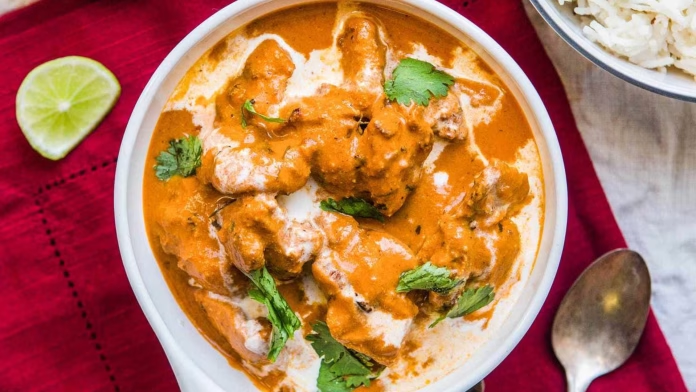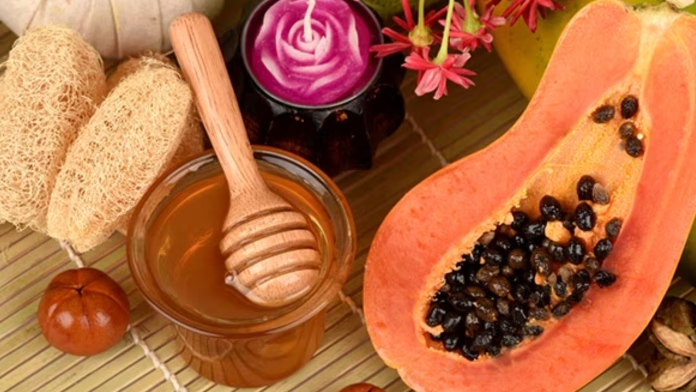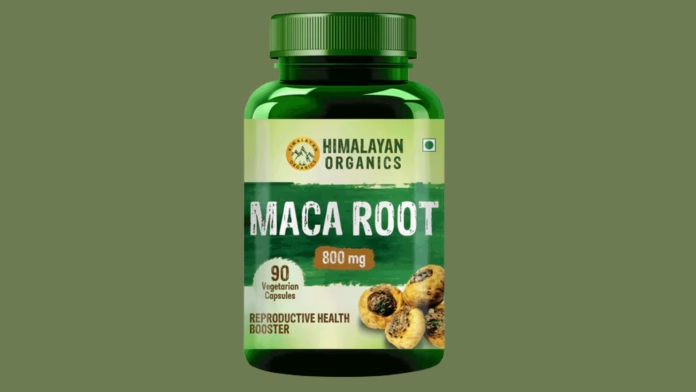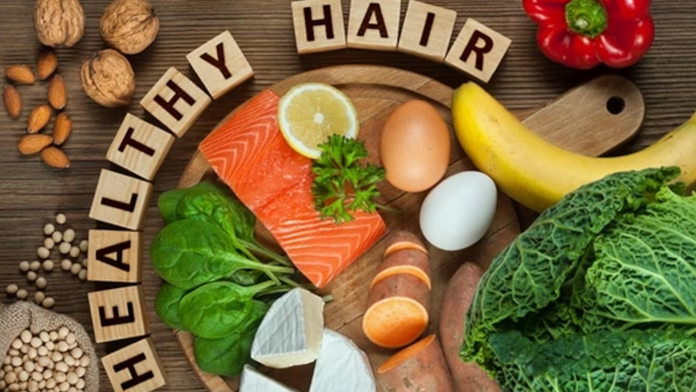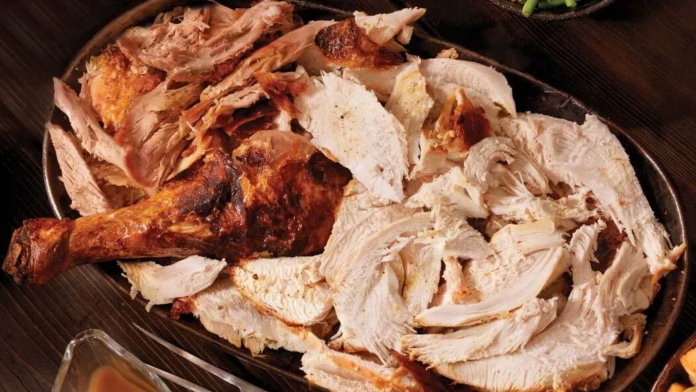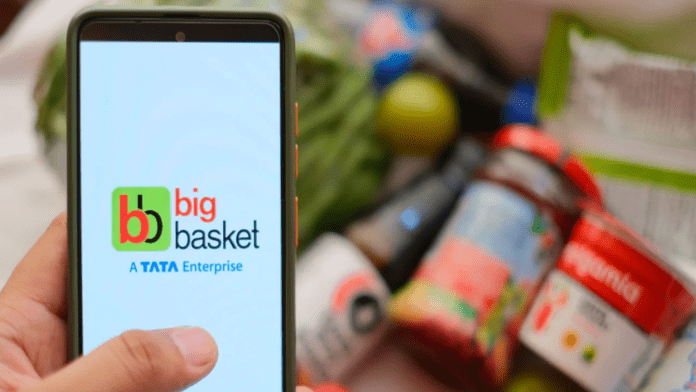Butter Chicken is one of the most popular dishes in Indian cuisine, known for its rich, creamy tomato sauce and tender pieces of chicken. While you can find this dish at many Indian restaurants around the world, there are few places that do it as well as Anardana in Delhi.
Anardana is a restaurant in Delhi that specializes in North Indian cuisine, and their butter chicken is one of their signature dishes.
What makes Anardana’s Butter Chicken special?
Anardana’s butter chicken is known for its rich, creamy tomato sauce and tender pieces of chicken that are perfectly seasoned and cooked to perfection. Here are a few things that make this dish stand out:
- The sauce:
The tomato sauce used in Anardana’s butter chicken is rich and flavorful, with just the right balance of sweetness and acidity. The sauce is made with fresh tomatoes that are cooked down with a blend of aromatic spices, including cumin, coriander, and garam masala.
The sauce is then enriched with butter and cream, which give it a velvety texture and a rich, indulgent flavor. The addition of fenugreek leaves, also known as kasuri methi, adds a slightly bitter note that balances out the sweetness of the sauce.
- The chicken:
The chicken in Anardana’s butter chicken is tender and flavorful, with just the right amount of seasoning. The chicken is marinated in a mixture of yogurt and spices, which helps to tenderize the meat and infuse it with flavor.
The chicken is then cooked in a tandoor oven, which gives it a smoky, charred flavor that’s characteristic of North Indian cuisine. Once the chicken is cooked, it’s added to the creamy tomato sauce, where it simmers until it’s fully cooked and tender.
- The accompaniments:
Anardana’s butter chicken is typically served with either rice or naan bread, both of which are excellent accompaniments to the dish. The rice is cooked with aromatic spices, including cumin, cinnamon, and cardamom, which add flavor and fragrance to the dish.
The naan bread is freshly made and served hot, with a slightly chewy texture and a crisp exterior. It’s perfect for sopping up the rich, creamy sauce and adding a bit of texture to the dish.
Why Anardana is worth a visit:
If you’re a fan of Indian cuisine, particularly North Indian cuisine, then Anardana is definitely worth a visit. Here are a few reasons why:
- Authenticity: Anardana is known for its authentic North Indian cuisine, which is prepared using traditional techniques and recipes. The restaurant uses high-quality ingredients, including fresh herbs and spices, which are essential for creating the complex flavors that are characteristic of this cuisine.
- Variety: In addition to its signature butter chicken, Anardana offers a wide variety of other dishes, including vegetarian and non-vegetarian options. Whether you’re in the mood for a spicy curry or a comforting biryani, you’ll find something to suit your taste buds at this restaurant. The menu also includes a range of appetizers, such as samosas and tikkas, which are perfect for sharing.
- Ambience: The ambience of Anardana is warm and inviting, with a cozy and comfortable seating area. The décor is simple and elegant, with soft lighting and tasteful artwork on the walls. Whether you’re dining alone, with a friend, or with a group, you’ll feel right at home at Anardana.
- Pricing Anardana is a mid-range restaurant, with prices that are reasonable and affordable. The pricing of the dishes varies depending on the type of dish you order. The appetizers and sides are priced between INR 150 to INR 300, while the mains are priced between INR 300 to INR 500. The naan bread is priced between INR 50 to INR 100, and the desserts are priced between INR 100 to INR 200.
- Location Anardana is located in the upmarket locality of Greater Kailash in South Delhi. The restaurant is situated on the first floor of N-6, Greater Kailash 1. The restaurant is easily accessible by public transport and private vehicles. The nearest metro station is Kailash Colony, which is on the Violet Line of the Delhi Metro. From there, it is a short auto-rickshaw ride to the restaurant. If you are driving, there is ample parking space available near the restaurant.
- Time Anardana is open for lunch and dinner every day of the week. The restaurant opens at 12:30 pm and closes at 11:30 pm. The lunch hours are from 12:30 pm to 3:30 pm, while the dinner hours are from 7:00 pm to 11:30 pm. The restaurant can get crowded during peak hours, so it is advisable to make a reservation in advance.
- Service: The service at Anardana is excellent, with friendly and attentive staff who are always happy to answer any questions you may have about the menu. The servers are knowledgeable about the different dishes and can offer recommendations based on your preferences.1
If you’re in Delhi and looking for a delicious and authentic North Indian dining experience, then Anardana is definitely worth a visit. Their butter chicken is one of the best in the city, with a rich, creamy tomato sauce and tender pieces of chicken that are perfectly cooked and seasoned.
In addition to their signature dish, Anardana offers a wide variety of other North Indian dishes, as well as vegetarian options, appetizers, and accompaniments such as rice and naan bread. The ambience of the restaurant is warm and inviting, and the service is excellent.
Located in the trendy neighborhood of upmarket locality of Greater Kailash in South Delhi Anardana is easily accessible and makes for a great stop on a night out exploring the area. Whether you’re a fan of Indian cuisine or just looking for a tasty meal, Anardana is definitely worth a visit.

